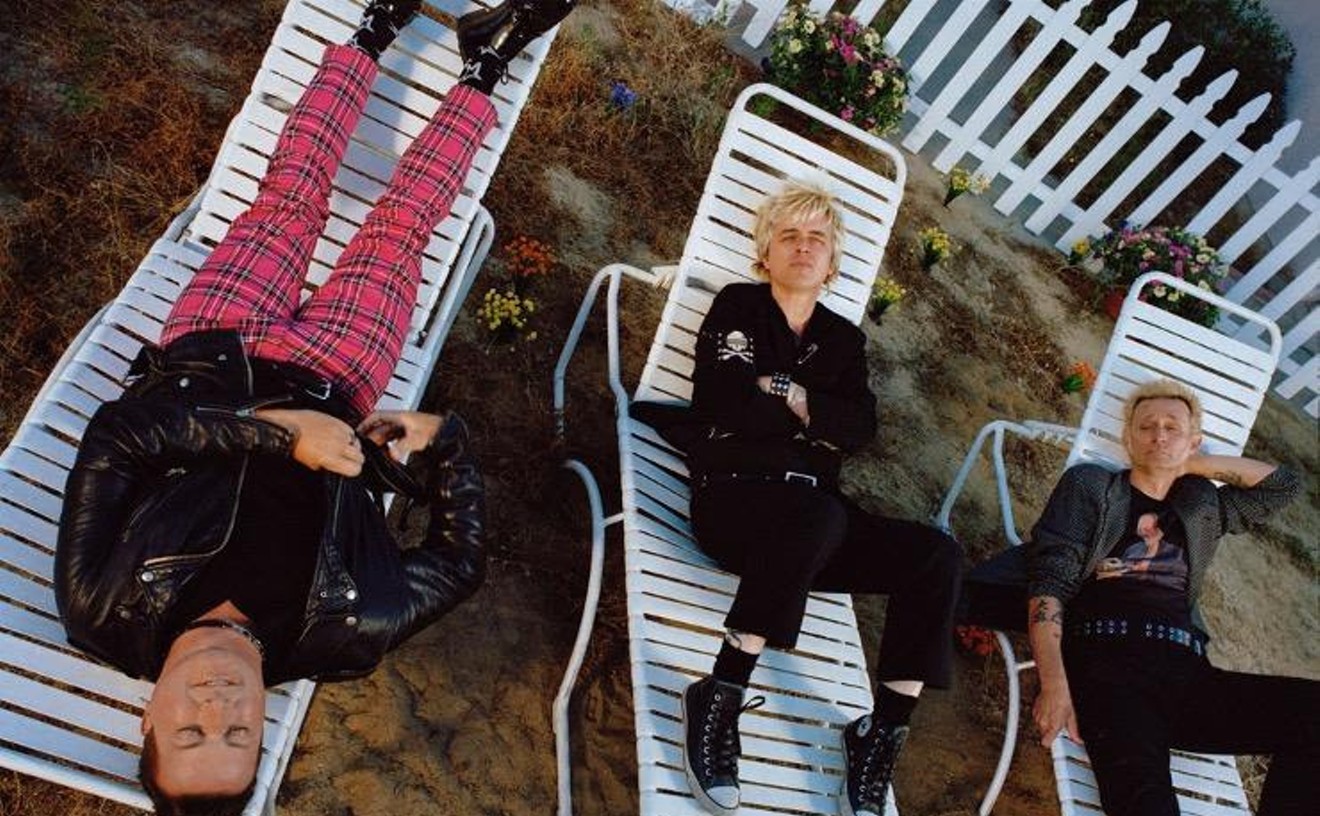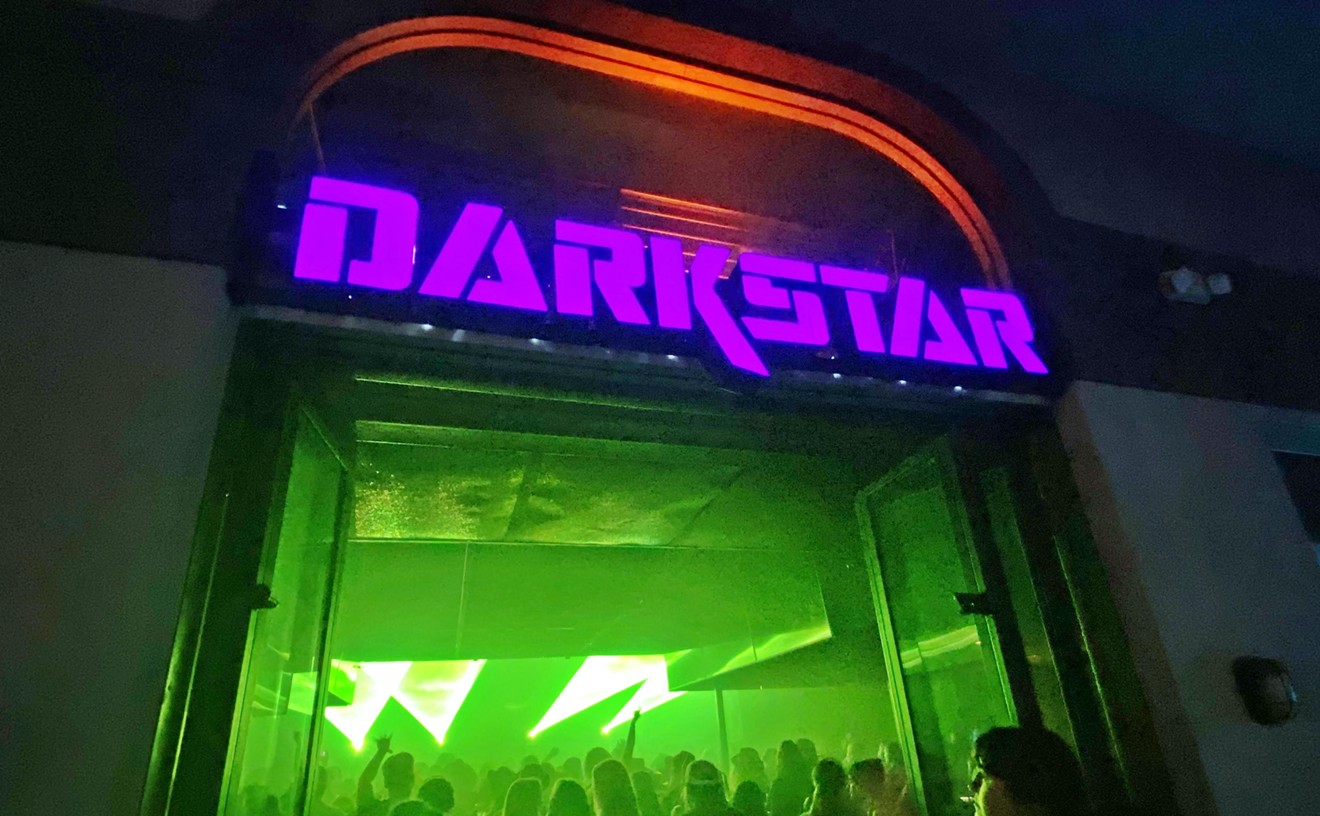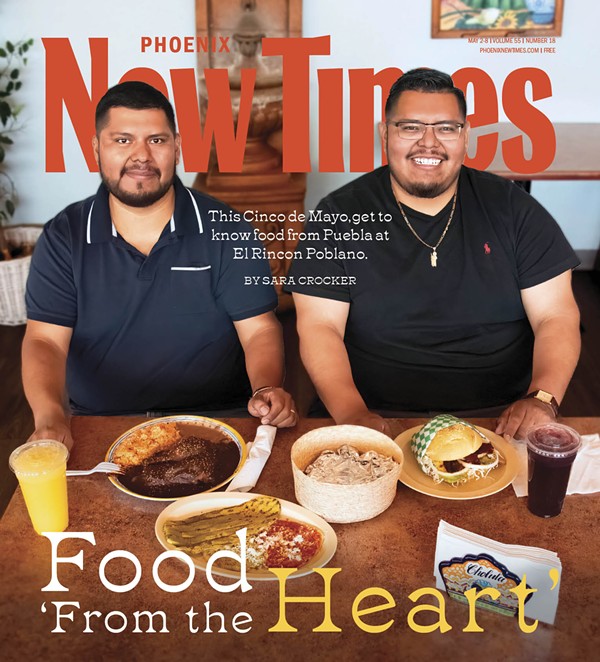Editor's Note: Dick Dale died on March 16, 2019, at the age of 81. In honor of the legendary guitarist, we're reposting this 2016 interview with the man himself, published just before a performance at the Musical Instrument Museum
Dick Dale has always done things his way.
The man who has been bequeathed the titles of “King of the Surf Guitar” and “Father of Heavy Metal” used his curious nature and passion for music to revolutionize and pioneer the development of reverb and amplification, blazing an unparalleled trail for rock and roll.
Dale, who just turned 79 on May 4, is doing things his way in terms of his own legacy and longevity. Just as he has pushed the limits of what can be done on a guitar over an illustrious half-century of creativity, so too has he pushed the boundaries of human endurance. While the former was born out of his passion for exploring unchartered waters of surf and rock, the other has come from his bouts with cancer.
Where many musicians would die to have the career Dale has enjoyed, Dale himself has to play so that he doesn’t die. That doesn’t mean he complains about the cards life has dealt him, like his mounting hospital bills, which total more than $3,000 a month.
With such classic early-day surf hits as “Let’s Go Trippin,” “Shake and Stomp,” and of course, the surf song by which all others are measured, “Misirlou,” Dale developed his rapid-fire staccato, Middle Eastern-flavored picking style that allowed him to unwittingly create an entire genre of music.
Dale brings his one-of-a kind, age-defying guitar showcase to Phoenix and familiar grounds at the Musical Instrument Museum on Saturday, May 7.
Richard D. Walter, curator of the MIM, says having Dale perform at the museum was a no-brainer.
“MIM has been proud to feature Dick Dale’s music and career in our Artist Gallery since the museum’s opening in 2010. His own style is a product of many influences and musical traditions, making him a natural choice to reflect MIM’s core mission.”
New Times spoke recently with Dale who talked of his pioneering, days, Arizona, playing through pain, and the love of his life: his wife, Lana.
New Times: What do you know and think about MIM, where you have sold out a number of times and have equipment on display?
Dick Dale: He [board chair and founder of MIM, Robert J. Ulrich] went and imported from India, all the wood, all the stones and all the crafts, and he built that incredible, magnificent museum. It’s got a stage; they record. You can spend a week there and never see it all.
What is it about Arizona that keeps you coming back?
I love Phoenix, Arizona. Why, because I used to fly my plane there to start my first tour. Plus they have the graveyard of all the planes in Arizona. Also, all the indigenous tribes that lived in Arizona; I have flown over them, where no white man has ever been. When I see that, that is so unbelievable, because we’re really into history.
So where did the passion for music and rhythm first begin for you?
It had nothing to do with surf. It all came from the rhythms of [jazz drummer] Gene Krupa. I used to bang my mother’s cans with kitchen knives to the music of the big band, from Gene Krupa to Harry James. What I learned is rhythmic, and they [the rhythms] were derived from him visiting the natives, the indigenous tribes. The beat was always on the one: One-two-three-four, one-two-three-four.
What were your first recollections of the fabled Rendezvous Ballroom (Balboa, California) where your acclaim really started?
When we first started at the Rendezvous Ballroom in Del Mar, [California], I was surfing every day. The first 17 people that saw me play in this ballroom that sat on an entire city block and held 4,000 people, came to see me in their bare feet. The floor was on wood, and it had these springs so you could move up and down. Every big band in the world had played there.
How did your biggest hit “Misirlou,” recorded in 1963, come about?
The word “misirlou” means “the Egyptian.” I used to play the Arabic drum, the tarabaki. My uncle used to play on an oud (a predecessor to the guitar with no frets). “Misirlou” is played for all the Egyptian belly dancers, and it was done very slowly. When I was recording it, I was with the guys during a break, and there was an old guitar leaning against a wall that one of his studio drummers had found floating in the waters of Mexico. So I pick it up, and I tuned the strings and I said, “Guys, this is the way ‘Misirlou’ is supposed to be played,” and I played the whole song through. I didn’t realize they turned the tapes on and recorded it.
The story is legendary about how you worked with Leo Fender and created the prototype to modern rock amp. What sparked the flames that led to the amp being named after you, the Single Showman?
I had burned the speakers on fire because the coils would heat up and cause the fabric [on the amps] to turn into flame. When the first 50 people would come to see me, they could hear, but then when we’d get 4,000 people in that ballroom, you couldn’t hear. Leo stood right in front with Freddy [Tavares, Fender’s business partner] and then he said, “Now I know what Dick is trying to tell me.” So, I tested the stuff out and I became the guinea pig for Leo Fender. He would say, “If it can stand the bombardment of Dick Dale, it was then fit for human consumption.”
How have you keep it together even during times when music was not your only focus, with your body failing you?
The whole thing is make the mind go in a different direction, and Lana has to do the same thing with her pain — multiple sclerosis. Fear is a motivating force. Never let panic take over when I am playing. I use certain things to think about to overcome all of that. I never left the music industry; I had to play places to eat and stay alive. And now I have to do it to raise $3,000 a month just to pay for the attachments on my stomach, my intestines, because the insurance won’t pay for it.
When she was only 2 years old, your wife, Lana, saw one of your album covers and told her mother that she would one day be with you. She is your publicist, biggest fan, wife, and support system. How important has she been, in your own words?
Lana is my angel. Lana and I never leave each other’s side, and we know this is the only survival that we have.
You have joked with many that you would rather explode on stage as your body gives out, rather than quietly slipping away. But in all seriousness, what do you do to keep your sanity while touring and fighting the rigors of disease?
We are struggling to stay alive every day we wake up. My kidneys are hurting me. I’m dealing with renal failure. I’m dealing with real pain. Lana’s dealing with the pain from her MS and fibromyalgia and a tumor in her throat. It’s just a part of life, so deal with it. Be thankful you are alive to deal with it.
[
{
"name": "Air - MediumRectangle - Inline Content - Mobile Display Size",
"component": "18478561",
"insertPoint": "2",
"requiredCountToDisplay": "2"
},{
"name": "Editor Picks",
"component": "16759093",
"insertPoint": "4",
"requiredCountToDisplay": "1"
},{
"name": "Inline Links",
"component": "17980324",
"insertPoint": "8th",
"startingPoint": 8,
"requiredCountToDisplay": "7",
"maxInsertions": 25
},{
"name": "Air - MediumRectangle - Combo - Inline Content",
"component": "16759092",
"insertPoint": "8th",
"startingPoint": 8,
"requiredCountToDisplay": "7",
"maxInsertions": 25
},{
"name": "Inline Links",
"component": "17980324",
"insertPoint": "8th",
"startingPoint": 12,
"requiredCountToDisplay": "11",
"maxInsertions": 24
},{
"name": "Air - Leaderboard Tower - Combo - Inline Content",
"component": "16759094",
"insertPoint": "8th",
"startingPoint": 12,
"requiredCountToDisplay": "11",
"maxInsertions": 24
}
]









